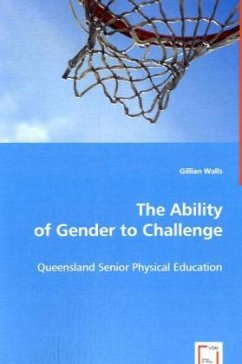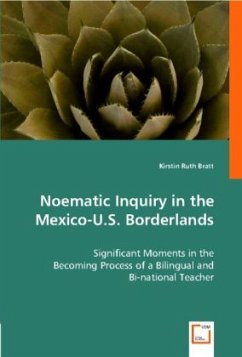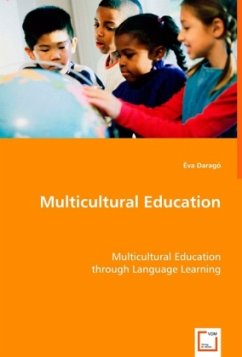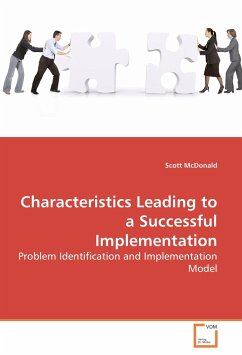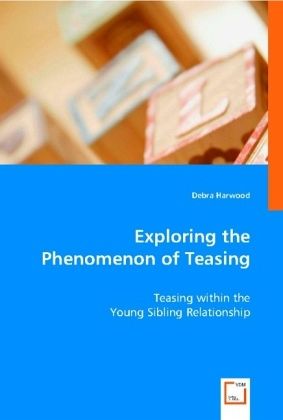
Exploring the Phenomenon of Teasing
Teasing within the Young Sibling Relationship
Versandkostenfrei!
Versandfertig in 6-10 Tagen
52,99 €
inkl. MwSt.

PAYBACK Punkte
26 °P sammeln!
Teasing is often regarded as a normal and common activity of childhood, a rite of passage. Yet, teasing is a complex relational issue involving many elements such as intent, verbal utterances, nonverbal behaviour, meaning, interpretation, and emotional affect. And despite the prevalence of this common childhood experience, research addressing children?s teasing is lacking. Studies of how young children experience, resist, and internalize childhood teasing in various contexts are noticeably absent from the research literature.The young sibling bond provides a unique window of opportunity to exp...
Teasing is often regarded as a normal and common activity of childhood, a rite of passage. Yet, teasing is a complex relational issue involving many elements such as intent, verbal utterances, nonverbal behaviour, meaning, interpretation, and emotional affect. And despite the prevalence of this common childhood experience, research addressing children?s teasing is lacking. Studies of how young children experience, resist, and internalize childhood teasing in various contexts are noticeably absent from the research literature.
The young sibling bond provides a unique window of opportunity to explore the teasing phenomenon, as this intense, complex, and emotional relationship is an early practice ground for children to learn to interact, imitate, play, converse, and negotiate conflict. This book discusses a study that explored, through naturalistic observations and interviews, the teasing experiences of three dyads of preschool age siblings.
The young sibling bond provides a unique window of opportunity to explore the teasing phenomenon, as this intense, complex, and emotional relationship is an early practice ground for children to learn to interact, imitate, play, converse, and negotiate conflict. This book discusses a study that explored, through naturalistic observations and interviews, the teasing experiences of three dyads of preschool age siblings.




